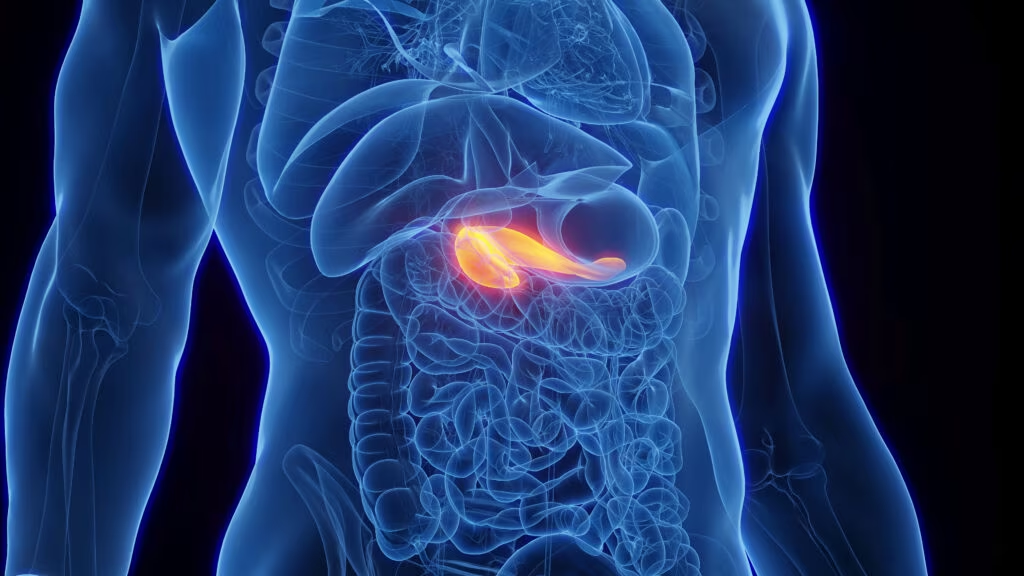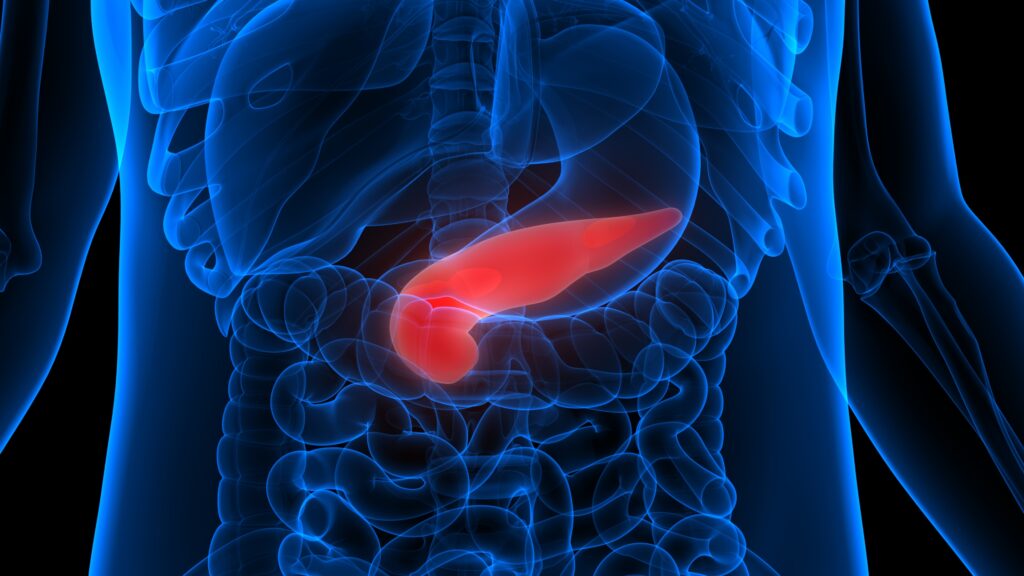Search Results
Showing Results for continuous glucose monitoring systems

We are pleased to present the latest issue of touchREVIEWS in Endocrinology, which offers a timely and thoughtprovoking collection of articles that reflect both the continuity and evolution of diabetes and metabolic disease research. In an era where technology, public ...

Coronavirus disease 2019 (COVID-19) is a life-threatening infection caused by severe acute respiratory syndrome coronavirus 2 (SARS-CoV-2).1 Diabetes mellitus is one of the most frequent comorbidities, related to hospitalization due to SARS-CoV-2 infection, as well as a risk factor for disease severity, ...

The 17th ATTD Conference (Amsterdam, 19–22 March 2025) showcased major innovations in diabetes care. The 15-day Dexcom G7 CGM proved accurate and user-friendly. The RADIANT trial showed Omnipod® 5 significantly improved glucose control over injections in type 1 diabetes. In type 2 diabetes, the 2IQP Study highlighted benefits of AID systems. Teplizumab also showed potential to enhance glycaemic stability in newly diagnosed type 1 diabetes, reinforcing the role of technology and immunotherapy in advancing diabetes management.

Diabetes is a chronic disease associated with both acute and chronic complications. Many advances have been introduced throughout history to address these problems. While each clinical breakthrough was welcomed with relief and the expectation that a solution had been discovered, ...

The prevalence of diabetes during pregnancy is rapidly increasing. In the USA alone, an estimated 1–2% of pregnant women have type 1 diabetes (T1D) or type 2 diabetes (T2D), and an additional 6–9% develop gestational diabetes.1 From 2000 to 2010, the prevalence of gestational ...

Recent advances in technology have changed the landscape for managing diabetes treatment. Thanks to innovations such as connected insulin pens, sensor-augmented pump systems, automated insulin delivery, integrated mobile applications and continuous glucose monitoring (CGM) systems, people with diabetes now have ...

Welcome to the latest edition of touchREVIEWS in Endocrinology. The articles in this issue present authoritative, up-to-date information on a wide range of topics, reflecting the scope of the broadening discipline of endocrinology. We begin with four articles on the ...

For people with type 1 diabetes mellitus (T1DM) or type 2 diabetes mellitus (T2DM), glycaemic control has been monitored by two key measurements: laboratory-tested glycated haemoglobin (HbA1c) level and the individuals’ self-monitored blood glucose (SMBG) fingerprick testing.1,2 Both of ...

Automated insulin delivery (AID) systems play an important role in the management of type 1 diabetes mellitus (T1DM) by helping users achieve the recommended glucose targets while reducing the episodes of hypoglycemia.1 First-generation AID systems, including MiniMed™ 630G (Medtronic, Dublin, ...

The World Health Organization (WHO) defines older adults as people aged 65 years or older.1 Today, older adults with diabetes mellitus (DM) are a growing population, with 33% of older adults meeting the criteria for DM.2 The risk of DM-related complications is ...

Diabetes is one of the most common co-morbidities associated with hospitalizations for SARS-CoV-2 infection, with recent estimates of diabetes prevalence ranging from 33.8%1 to 58.0%2 among hospitalized patients with COVID-19 in the USA. Hyperglycemia during the first hours after cardiac arrest is ...

Diabetes mellitus is a chronic disease that affects many people around the world. Sedentary lifestyle is considered a main risk factor for type 2 diabetes mellitus (T2DM). As presented in this editorial, the advantages of activity in preventing and treating ...

The use of immunotherapy in the treatment of cancer has been revolutionary, opening a new era in the fight against cancer. The principle of immunotherapy involves using pharmacotherapy to harness the power of the body’s own immune system to ...

The coronavirus disease 2019 (COVID-19) pandemic has spread rapidly to become a global health threat. The disease is caused by severe acute respiratory syndrome coronavirus-2 (SARS-CoV-2), a novel β-coronavirus that belongs to a family of enveloped RNA viruses, the coronaviruses.1 While ...

Unmet needs for glucose monitoring in people with diabetes mellitus using intensive insulin Glucose monitoring is essential for people using intensive insulin to inform adjustments to the treatment and management of diabetes. Evidence suggests many people do not adhere to ...

Diabetes mellitus (DM) is a major global health problem. The national prevalence of diabetes in Bangladesh is 6.9% which is increasing at an alarming rate.1 Though the prevalence of type 1 diabetes mellitus (T1DM) is low in this area, the prevalence ...

Despite significant advances in technologies for the management of patients with type 1 diabetes (T1D), outcomes remain suboptimal across all age groups.1 Achieving glycemic control in patients with T1D requires precise and accurate methods of delivering insulin and monitoring ...
Latest articles videos and clinical updates - straight to your inbox
Log into your Touch Account
Earn and track your CME credits on the go, save articles for later, and follow the latest congress coverage.
Register now for FREE Access
Register for free to hear about the latest expert-led education, peer-reviewed articles, conference highlights, and innovative CME activities.
Sign up with an Email
Or use a Social Account.
This Functionality is for
Members Only
Explore the latest in medical education and stay current in your field. Create a free account to track your learning.


